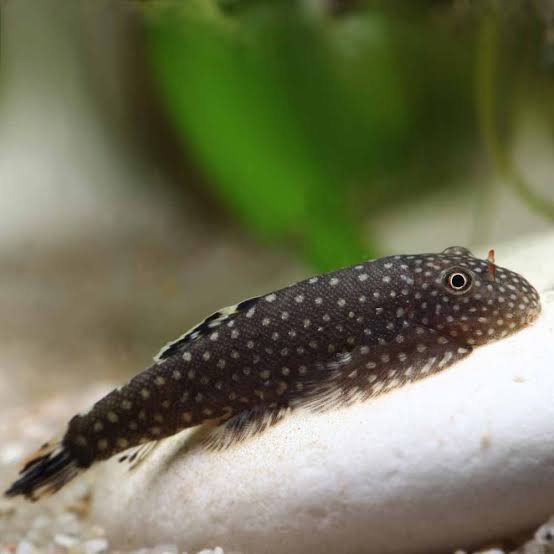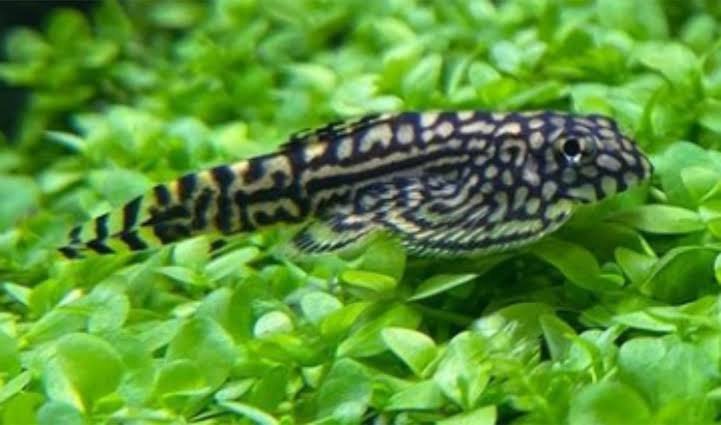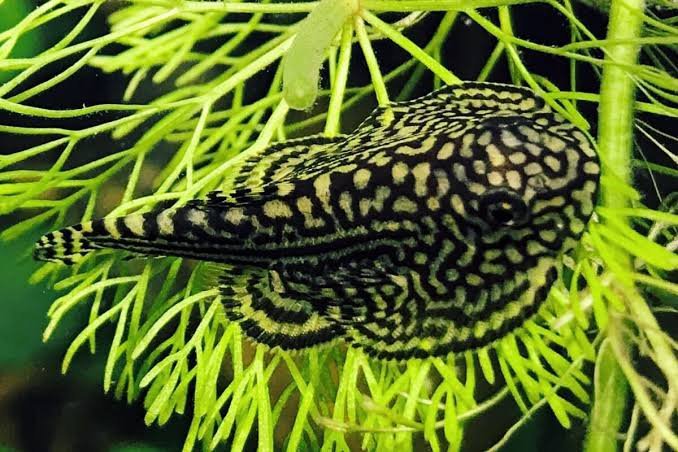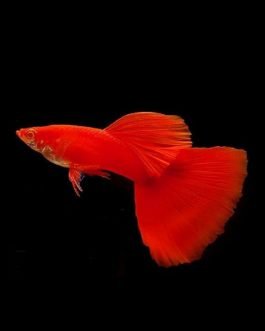Hill stream loach ( 3 pcs)
Original price was: ₹12000.₹1150Current price is: ₹1150.
Out of stock
Email when stock available
Description
Note:- Sending this product at customer risk only.
Reticulated hillstream loaches (Sewellia lineolata) are one of the coolest-looking algae eaters, but there’s a lot of conflicting information about their care requirements that makes people hesitant to try them. After more than a decade of owning, selling, and breeding them, this article shares our personal experiences on how to successfully keep this amazing species.
What are Reticulated Hillstream Loaches?
There are many types of hillstream loaches that live in similar environments, but let’s specifically discuss the reticulated hillstream loach (also known as the tiger hillstream loach or gold ring butterfly sucker) because it is one of the most common varieties available in the aquarium hobby. This 2.5-inch (6.4 cm) oddball fish looks like a miniature stingray because of its streamlined shape, flat underside, and horizontal fins that can tightly grip onto any smooth surface. Plus, its unusual body is covered with light-colored spots and dark brown striping patterns. During the daytime, you can often find them climbing on the glass in a side-to-side crawl or fluttering their fins on the ground while searching for food.
The hillstream loach has a highly patterned and streamlined body that is built to grip tightly onto rocks and withstand rushing rapids.
Originally found in tropical regions of Vietnam, Laos, and Cambodia, hillstream loaches live in shallow riffles, river rapids, and slower-moving stream pools in between. Their native habitat tends to have lots of rocks and is sparser in vegetation. Because heavy rainfall can stir up sediment and cause fluctuating water parameters, they are quite hardy and can handle a wide range of environmental conditions.
How to Set Up an Aquarium for Hillstream Loaches
Most of the initial research into this species says that they are a cool water fish that must be kept in a river manifold tank with fast current and high oxygenation. We have personally kept them in hot water tanks with clown loaches, unheated setups with goldfish, and even heavily planted 20-gallon tanks with gentle sponge filters – and the hillstream loaches happily thrived and bred in each of those different settings.
Make sure to use a tight-fitting aquarium hood or top because hillstream loaches can easily climb out of your aquarium.
In our opinion, what they really appreciate is a stable pH (preferably from 7.0-7.8) and good water quality. Any kind of fish tank filter will work, as long as it’s appropriately sized for your aquarium and the other inhabitants can handle the flow. A range of 65-80°F (20-27°C) is acceptable, but at higher temperatures, they may be more susceptible to stress and illnesses. Also, keep a tight lid on the aquarium since they have the ability to climb up glass walls and escape. If your hillstream loach is missing, try looking in your filter because sometimes they like to crawl inside.
What fish can live with hillstream loaches? They get along with most peaceful community fish that are similarly sized and won’t fin nip them. We’ve kept them with goldfish, livebearers, shrimp, snails, tetras, danios, and other schooling fish with no problems.
Hillstream loaches generally do well in community setups, but the males sometimes spar with each other if the tank doesn’t have enough cover.
How many hillstream loaches can be kept together? Most people only get one because they’re more expensive and can cost around $15 each. We recommend getting just one or a group of three or more. If you get two, the stronger one may bully the weaker one over food or territory. Males like to scuffle with each other, circling round and round trying to get on top of their opponent, but no bodily harm is done. To reduce aggression levels, make sure to provide more decorations or aquarium plants to block line of sight.
What do Hillstream Loaches Eat?
In the wild, they consume small aquatic crustaceans that live at the river bottom, algae, and small organisms living on underwater surfaces. In your aquarium, they will happily scrape off anything that grows on your fish tank walls, rocks, driftwood, and plant leaves. This includes soft diatom algae, hair algae, and even black beard algae at times. However, they cannot survive by eating algae only, so make sure to feed them a wide variety of high-quality foods, such as Repashy gel food, sinking wafers, frozen spirulina brine shrimp, and blanched vegetables. If you feed them well, there is a higher likelihood the adults may start breeding.
Hillstream loaches not only clean algae off flat surfaces like tank walls but also lacy leaves and uneven rocks.
How Do You Breed Hillstream Loaches?
When it comes to sexing hillstream loaches, the females usually have a wider head and plumper body, whereas the males have a slightly jagged silhouette at the beginning of their pectoral fins near their “shoulders.” Most of the time, juveniles are sold in the fish stores and it can be hard to sex them, so buy a group of six or more if you want to breed them.
Many people have success breeding them in an established aquarium that has lots of mulm, infusoria, algae, hiding spots, and perhaps a rock pile for the fry to dart underneath. Make sure the adults get plenty of food, and cover your filter intake with a pre-filter sponge to prevent the fry from getting sucked up. The tiny babies like to eat infusoria, vinegar eels, microworms, live baby brine shrimp, and powdered fry food. To increase their survival rate, you can also put them in a breeder box to keep them safe from predators.
This product is limited only in kerala,karnataka,Tamil Nadu, Telengana and Andra Pradesh.. customers outside these states can order at their own risk
Only logged in customers who have purchased this product may leave a review.










Reviews
There are no reviews yet.